Note: This text was created with the help of AI.
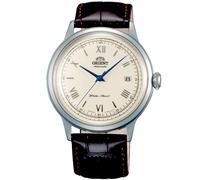

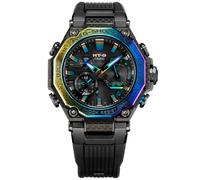
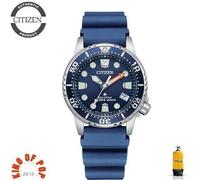




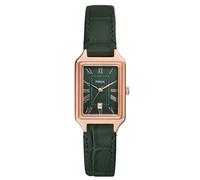

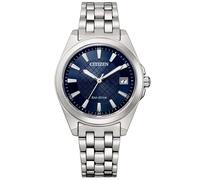

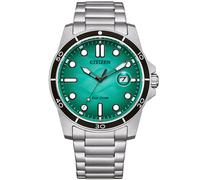

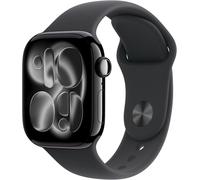



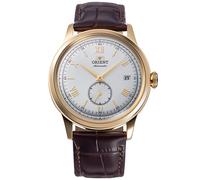

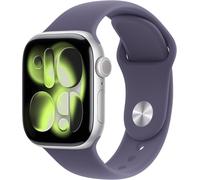
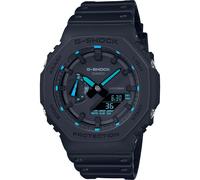
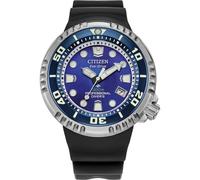
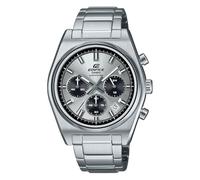

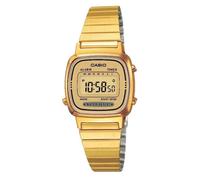
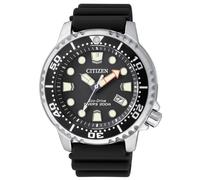
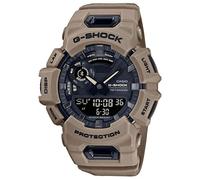
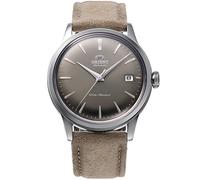
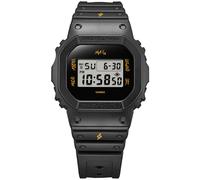


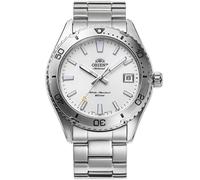
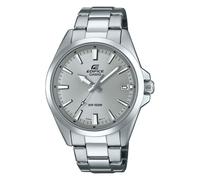
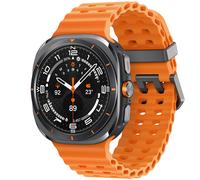
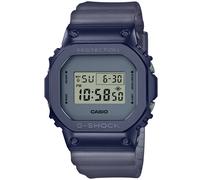
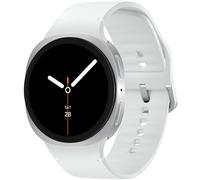
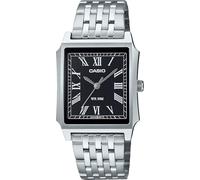
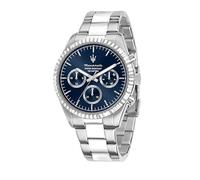
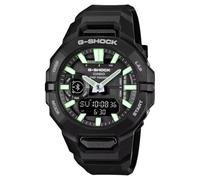
- 1
- 2
- 3
- 4
- 5
- next page
Unbeatable Offers on Timepieces: A Comprehensive Buying Guide
That depends first and foremost on what type of person you are and what demands you place on a watch. The following table shows you a few constellations of type and watch.
Different models and the type that goes with them:
| Type | Clock |
| Classic type | Automatic watch with leather strap |
| Sporty noble type | Pilot watch with steel bracelet or chronograph |
| Fashionable type | Modern watch as an eye-catcher |
| Casual guy | Sporty smartwatch with high functionality or digital watch |
| Nostalgic type | Classic quartz watch in antique style |
You can use the 18 to 40 rule for this. This rule states that a wrist with a maximum circumference of 18 centimeters should never wear a watch with a diameter larger than 40 millimeters.
Plastic glasses are made of polymethyl methacrylate and the common names are plexiglass, acrylic glass and hesalite glass. This material is very light, relatively impact resistant and you can polish it easily. However, it scratches quite quickly. Scratches can be repaired by polishing.
Mineral glasses have a higher scratch resistance and a higher degree of hardness, but they can still be scratched. If this is the case, they cannot be polished away as easily as with plastic lenses.
Sapphire lenses are especially convincing due to their enormous scratch resistance as well as their durability. If you do notice marks on the glass, these are usually not scratches, but residues that other materials have left on the sapphire glass. You can easily remove these with an eraser.
However, sapphire crystal also has a disadvantage: light refractions often cause unfavorable reflections.
A hand-wound movement is usually found in older watches. It is the true classic among the movements and convinces through sophisticated technology and historical significance. However, hand-wound watches have one major disadvantage: they run out of power after about two days. If you do not wind the watch in time, the movement stops and you have to reset it.
A hand-wound movement always consists of three components: Gear train (gears), drive and escapement. To start such a mechanical watch, you have to turn the crown on the watch case. The torque is transmitted to the spring movement and from there, with the help of the gears, to the escapement wheel. The exact torque is transmitted to the balance wheel. The balance is the oscillating system and serves as the rate regulator. It always oscillates back and forth, always with the same time interval. These oscillations are transmitted to the gears on which the second, minute and hour hands are mounted.
An automatic movement winds itself by the movement of your arm. To do this, they are equipped with a ball-bearing rotor. This stops due to the inertia in space as soon as you move the watch case. The resulting forces exert a torque on the winding mechanism and the watch virtually sets itself.
The quartz movement has so-called bending oscillators in rod form, which represent a vibrating unit and allow higher oscillations to achieve better accuracy. The unit usually gets its oscillations from a battery, or from a mains connection if it is a large wall clock. A built-in coil passes the current to an oscillator, which sets the bending oscillator in motion. This drive requires very little energy, which is why quartz movements run very efficiently and remain operational for years with just one battery.
The bottom line is that the operating principle of a radio-controlled movement has not changed since the 1970s. In most countries of the world, transmitters have been installed which emit an accurate time signal. A radio-controlled movement intercepts this signal and forwards it directly to your watch.
Water pressure in bar for water resistance
Bar
suitable for
3 bar
splash-proof
never take a shower with it, let alone go swimming
small splashes of water are no problem
5 bar
Suitable for hand washing
10 bar
Suitable for showering or swimming
20 bar
can be used for diving
Suitable for all water activities
Under no circumstances should you use aggressive cleaners such as bathroom cleaners or similar. Wristwatches are usually coated and suffer from aggressive cleaning agents. The material becomes dull and loses its shine.
The most important thing is that the new bracelet has exactly the same width as the old one.
You can recognise a pressure case back by a small indentation, which you can best open with a pointed object. If you push it under the notch, you can easily lift the pressure case back.
If the watch case is screwed down, you will usually have to use a special watch tool to get it open.
Once you have opened the watch, you can simply remove the battery and insert a new one. I advise you to use tweezers to change the battery. Otherwise you might destroy important parts of the movement.
The perfect age for a children's watch is therefore pre-school age. From this age onwards, you can try to integrate clock reading into everyday life in a playful way. A child's alarm clock can help here by pointing to the hands and explaining the position each time before going to bed.
Furthermore, preschool age is a good time, as children at this age need to slowly get used to time sequences.
In addition, smartwatches usually offer even more functions that are very helpful, especially in the sporting field. For example, you can do sports with them and they show your heart rate, running distance, speed and other important information.
While exercising sports, you can use a simple pocket watch to put in your pockets if you want to keep your arms and hands free of any accessories.
If you don't find a watch around your wrist disturbing, choose a watch with a wrist band or strap that effectively absorbs sweat and has a good airflow, like a fabric strap or a leather strap with rubber lining. Alternatively you can use a watch strap that is easy to wash, i.e. a rubber strap or steel mesh strap. You find all kind of watch straps in our “Watch accessories” category.
Unbeatable Offers on Timepieces: A Comprehensive Buying Guide
Finding the perfect timepiece can feel overwhelming with the vast array of options available online. Whether you’re searching for a stylish watch to enhance your wardrobe or a durable sports watch for your adventures, pricehunter.co.uk brings you a plethora of options from various retailers, sorted by price for your convenience. Below are the essential aspects to consider when browsing for your ideal timepiece.
Understanding Timepiece Types
Timepieces come in various styles and functionalities, catering to every taste and need. Knowing the differences can help you make an informed choice.
- Analog vs. Digital: Analog watches display time with hands, while digital shows time in numerical format.
- Dress Watches: Elegant designs suited for formal occasions, often featuring leather straps.
- Sports Watches: Built for durability and functionality, usually featuring water resistance and additional features like stopwatches.
- Smartwatches: Tech-savvy options that offer notifications, fitness tracking, and customization.
- Hybrid Watches: Combines traditional analog aesthetics with smart features.
Key Features to Look For
When browsing for timepieces, focus on features that meet your lifestyle and preferences. Certain functionalities can enhance your user experience.
- Water Resistance: Essential for sports enthusiasts or those frequently in wet conditions.
- Material Quality: Consider stainless steel, leather, or silicone for durability and style.
- Battery Life: Important for digital and smartwatches; longer battery life means less frequent charging.
- Size and Fit: Ensure the watch suits your wrist size for comfort and style.
- Brand Reliability: Look for well-known brands that offer quality craftsmanship and support.
Setting Your Budget
With so many options available, it's vital to set a budget before you dive into shopping for a timepiece. Understanding your price range can narrow down your choices effectively.
- Affordable Options: Many stylish timepieces are available at budget-friendly prices.
- Mid-Range Picks: Offers a balance of quality and features without breaking the bank.
- Luxury Timepieces: High-end watches often feature intricate designs and premium materials.
- Sale Items: Keep an eye on seasonal sales or clearance to snag a quality watch at a lower price.
- Price Comparisons: Use pricehunter.co.uk to find the best deals across multiple retailers.
Craftsmanship and Design
The design and craftsmanship of a timepiece can significantly influence its appeal and longevity. Pay attention to the details that make a watch stand out.
- Movement Type: Quartz for accuracy, automatic for a traditional touch, or manual for vintage enthusiasts.
- Dial Design: The face of the watch should complement your style, from minimalist to intricate designs.
- Strap Material: The right strap can change the watch's overall look, from casual to formal.
- Color Themes: Consider versatile colors like black, silver, or gold that can match various outfits.
- Customizable Features: Some watches offer interchangeable straps or customizable dials for personal expression.
Maintenance and Care
Taking care of your timepiece is crucial for longevity and performance. Proper maintenance will keep your watch looking and functioning its best.
- Regular Cleaning: Gently clean your watch with a soft cloth to prevent scratches and maintain shine.
- Battery Replacement: For quartz watches, ensure timely battery replacements to avoid damage.
- Water Testing: If water-resistant, have your watch tested periodically to ensure seals remain intact.
- Service Intervals: Automatic and luxury watches may need professional servicing every few years.
- Proper Storage: Store your watch in a safe, dry place to avoid damage from environmental factors.
Note: This text was created with the help of AI.